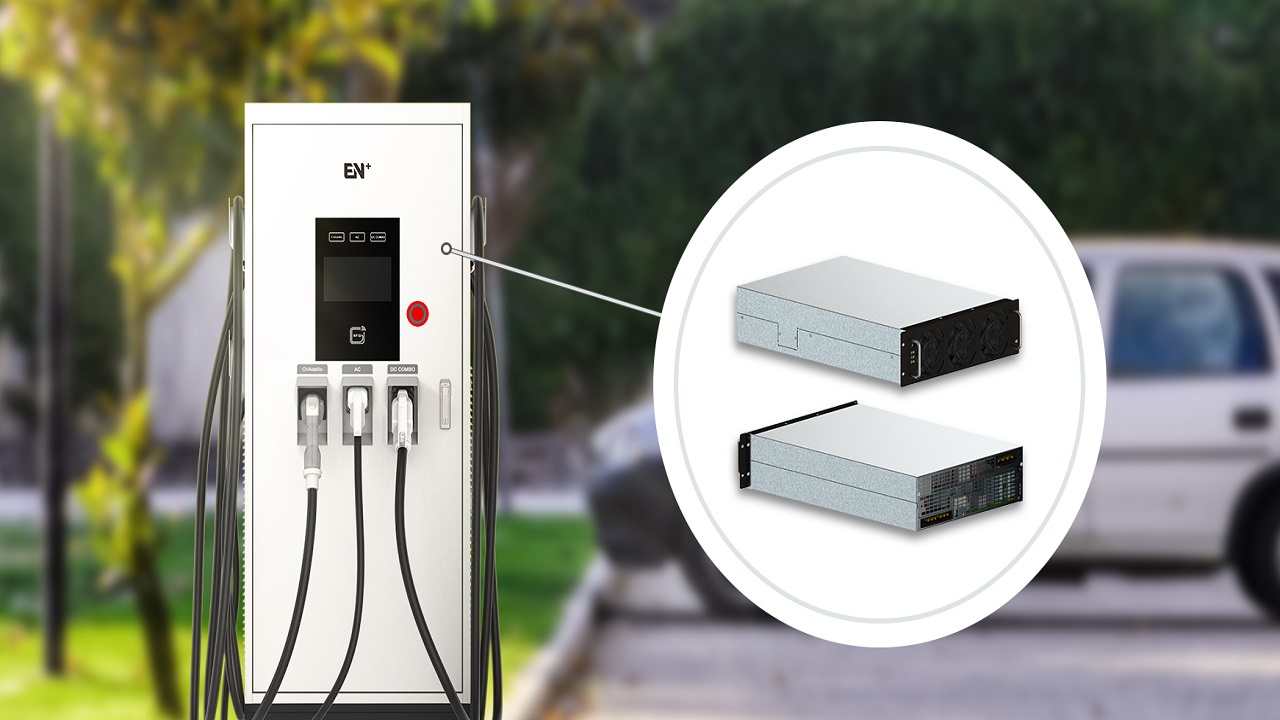The ecosystem that surrounds EVs is growing, and new needs are emerging as the number of cars increases. Of all the proposed charging systems, the combined charging system has been adopted as the most popular set of standards. While it includes the advantages of both slow and fast charging, it is an appropriate connector for the users of EVs. This article will present the benefits CCS has over existing charging systems.
Versatility and Compatibility
It’s also crucial to remember that the Combined Charging System is quite advantageous for electric vehicles, with flexibility being one of its most noteworthy features. While AC and DC charging needs different connections in conventional charging systems, CCS combines both functions into a single connector. This means that the CCS-enabled EVs can use several charging stations while avoiding the use of several connectors in the process. This compatibility is especially helpful for those who use the EV and travel long distances where they can meet different types of charging stations.
Faster Charging Times
CCS updates high-power DC fast charging, which can dramatically cut the time for recharging an EV. Standard AC charging systems offer capacities ranging between 3 kW and 22 kW and can be termed Level 1 or Level 2 systems. Additionally, at 7 kW and 22 kW, the time taken to charge them is relatively longer. CCS is capable of handling power levels up to 350 kW, which is much higher than CHAdeMO’s maximum, allowing for much faster refueling. For example, a CCS-equipped EV can extend its range by up to 100 miles within 10-15 minutes, thus it’s much easier to travel long distances.
Future-Proofing and Scalability
These charging networks must also adapt as the EV market expands to accommodate larger networks and greater power capacity requirements. In terms of flexibility, CCS is envisioned to be expandable to incorporate future developments in charging technologies. Furthermore, this article shows that CCS is capable of dealing with higher power levels, which means that as battery technology advances and EVs require even faster recharging, CCS will remain viable.
Enhanced User Convenience
It makes using the device convenient as it does not require a user to look for different charges and adapters as in the case of the Combined Charging System. By using CCS, the owner of the EV can charge his or her vehicle at different charging points ranging from the Level 2 charger that is fit for home use to the powerful DC fast charger that is fit for use on the highway among others. This convenience contributes towards making electric vehicles even more appealing to drivers, thus making the transition from traditional gasoline-fueled vehicles even easier.
Global Standardization
Another advantage that can be derived from CCS is the increased level of acceptance of the CCS system among countries. CCS has been adopted by many large automobile makers across the world, ranging from European, American, and a few Asian manufacturers like EN Plus for their new EVs. This widespread acceptance encourages integration and contributes towards the development of a single charging system thus minimizing the chaos that is evident in other systems.
Conclusion
In comparison with the traditional systems of charging, the Combined Charging System has a range of advantages, including adaptability, increased charging time, prescription-proof, convenience, and international compatibility. CCS is strategically well-equipped to serve as a durable and flexible solution to meet the rapidly increasing demand for electric vehicles. CCS has been instrumental in overcoming the shortcomings of conventional charging techniques and paving the way for worldwide electric transformation.









